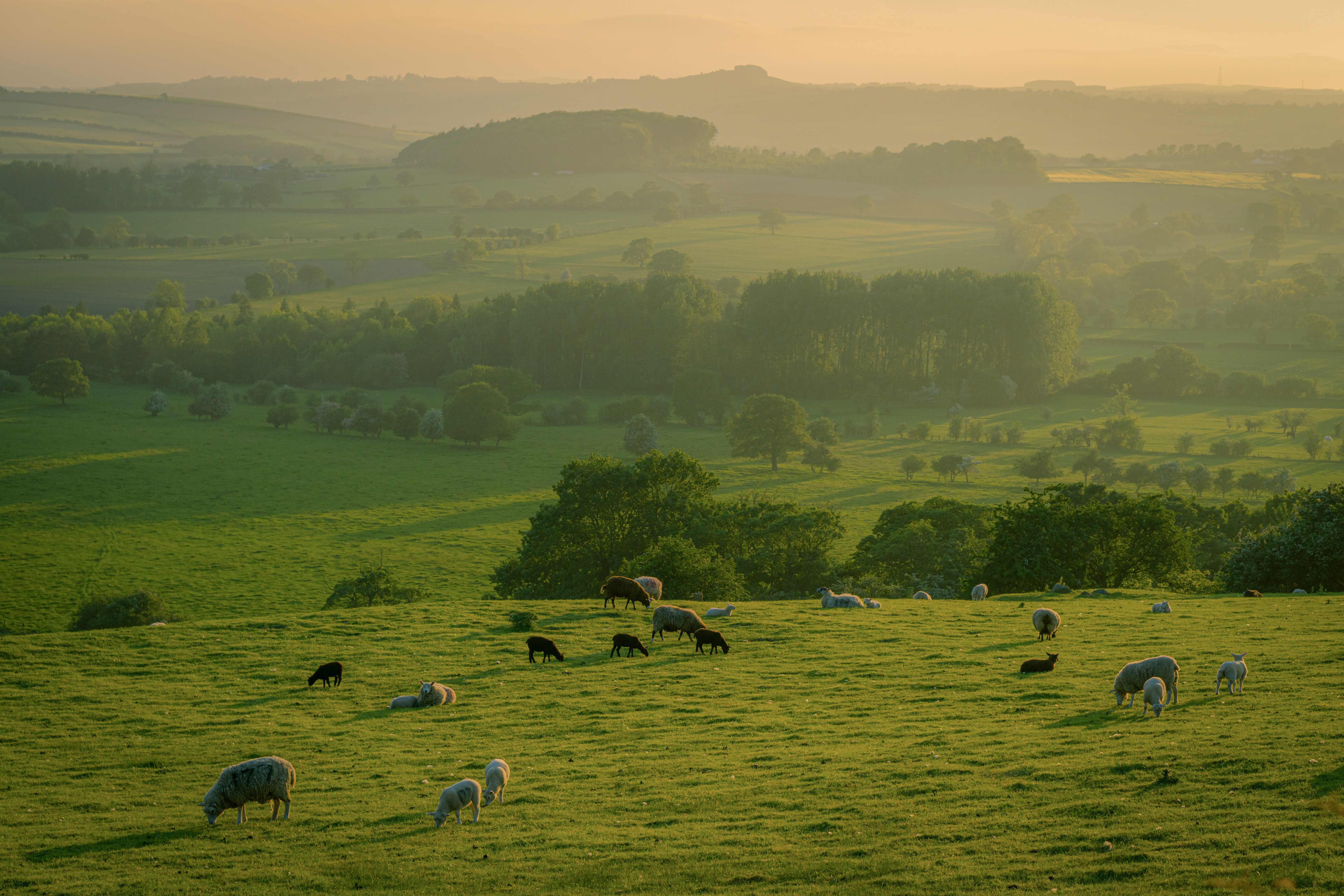The Biodiversity Landscape Analysis
A report for the Fashion, Apparel, Textile, and Footwear Industry.


Fashion and biodiversity
The fashion industry is highly dependent on the natural world, be it for the agricultural land required for raw material production or for the resources required for operations throughout the supply chain. This dependence is highly extractive and has well-documented negative effects on biodiversity worldwide.
That is why helping fashion companies to flip their biodiversity impact from negative to positive is one of our main aims as an organisation.
One of the key challenges in this work is the fragmented nature of the industry. Brands typically work independently on their sustainability journeys and research can end up being repeated. This siloed approach, coupled with the complexity of understanding biodiversity both in general and within the fashion context, means that industry action levels are not where they need to be.
A unifying report
To overcome these two issues, the Biodiversity Landscape Analysis aims to provide a shared, centralised reference point on the current state of play on the topic of biodiversity. It offers extensive information about existing tools, methods, frameworks, and standards, giving brands the knowledge they need to move forward with their journey.
It is for use by any brand, no matter their current level of action, as we believe that sharing our learnings and working together is vital for making major change within the industry.
What are the key takeaways?
- Biodiversity refers to our planet’s vast variety of lifeforms. It includes animals, plants, fungi, and microorganisms – and how they interact within habitats and ecosystems.
- Nature is a broader term. It encompasses biodiversity and non-living elements like mountains, water, and weather. When thinking about environmental impacts, “climate” and “nature” go hand in hand.
- The fashion industry has an intrinsic responsibility to protect biodiversity. Over a third of the materials they use – like cotton, wool, mohair, leather, viscose, and many more – come from land-based ecosystems.
- Fashion is dependent on nature. While sourcing decisions directly impact biodiversity, companies have an opportunity to protect, restore, and regenerate it too.
- Companies need to come together and act holistically for nature. This means not only aiming to reduce harm and mitigate risk, but actively working to restore and regenerate ecosystem function too.
- Industry-level collaboration across large landscapes will help supply chain actors optimise outcomes. If all companies sourcing material from a given region pre-competitively invest resources, engage with stakeholders and communities on the ground to develop shared biodiversity indicators, and commit to buying from the landscape, then farmers and suppliers will receive market signals that allow them to more deliberately prioritise biodiversity and nature.
We share these takeaways here as starting points for consideration for brands looking to develop their biodiversity journey. For more information, access the full report here.
The Biodiversity Landscape Analysis was created by Textile Exchange and The Fashion Pact, in collaboration with Conservation International and in partnership with Biodiversify. It was sponsored by two of our members at The Fashion Pact: J.Crew Group and PUMA.
Further biodiversity tools and resources
This report complements the “Raising the Ambition for Nature: A fashion, textile and apparel sector primer on the first science-based targets for nature” report, which is also a collaboration between The Fashion Pact, Cambridge Institute for Sustainability Leadership, University of Cambridge and Conservation International. Read more about it here.
For brands looking to investigate the biodiversity impact of a specific material used within their production processes, we have created an open access tool: The Fashion Nature Risk Lens.